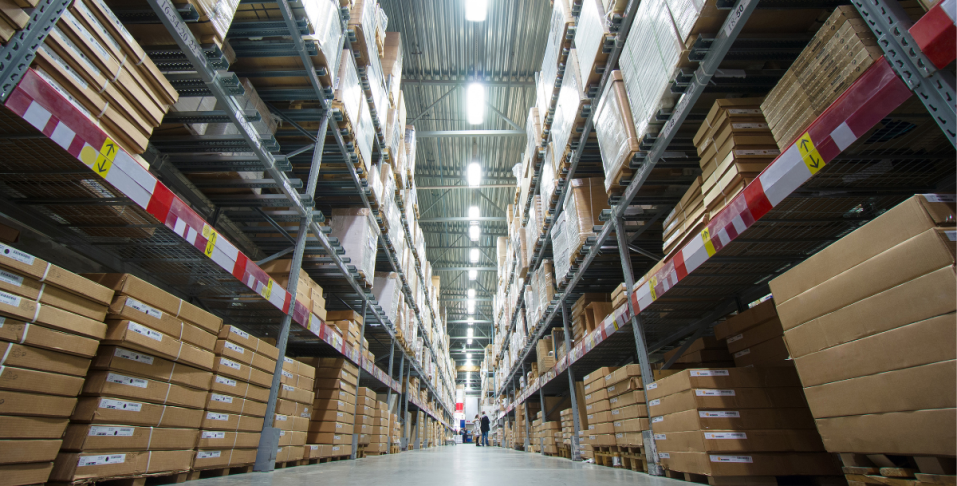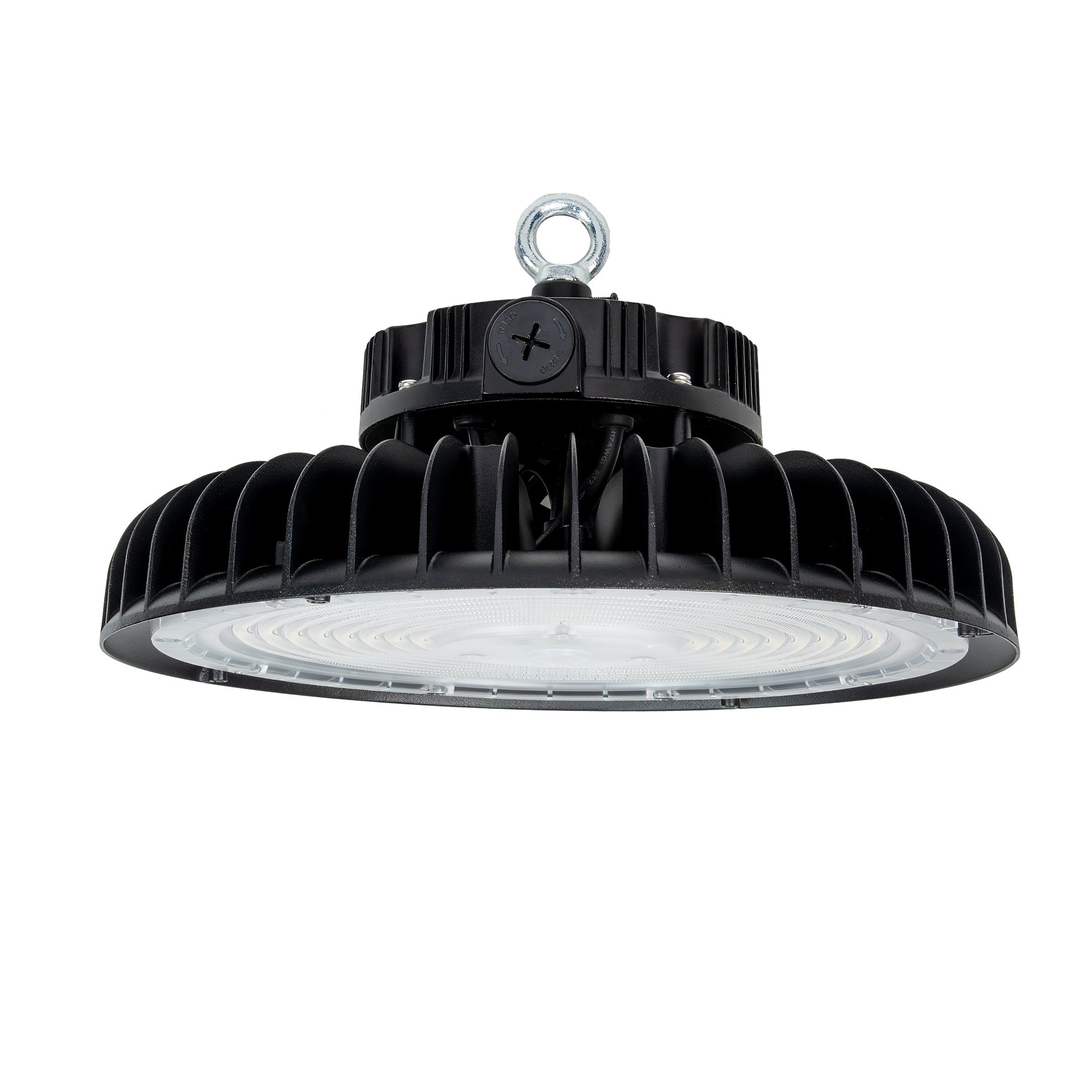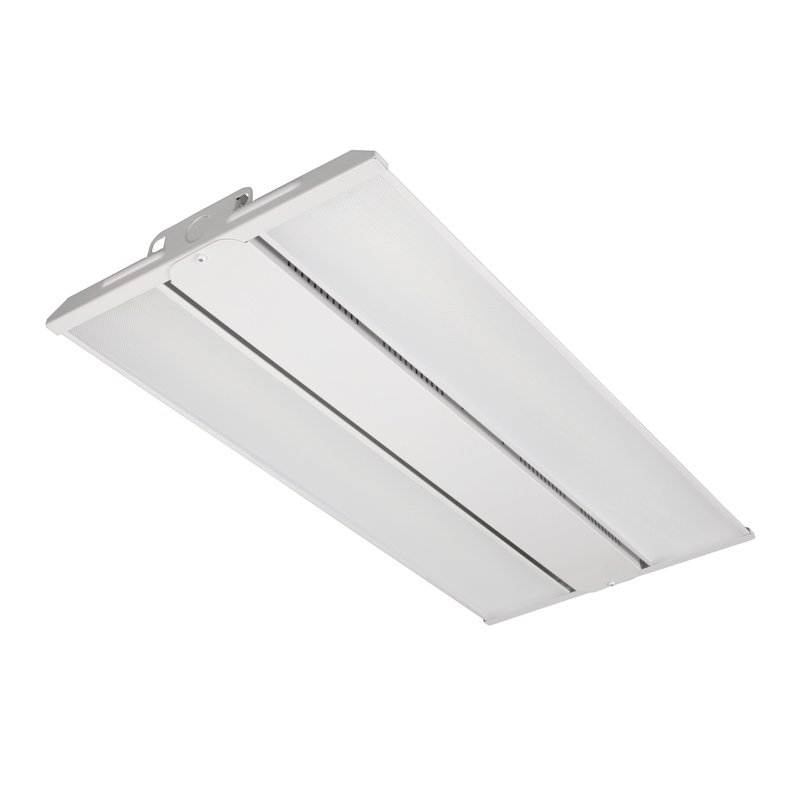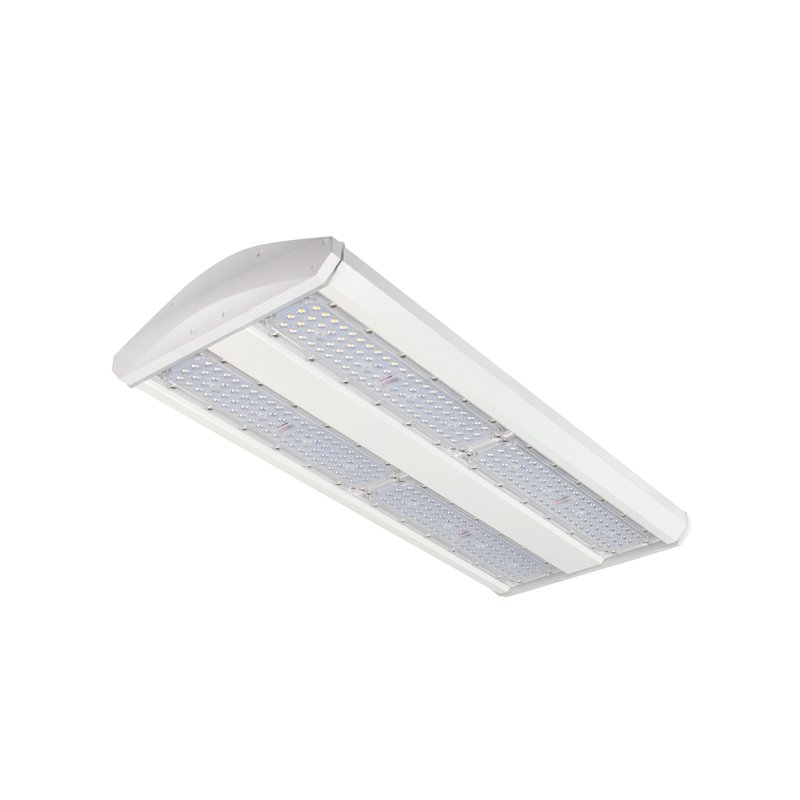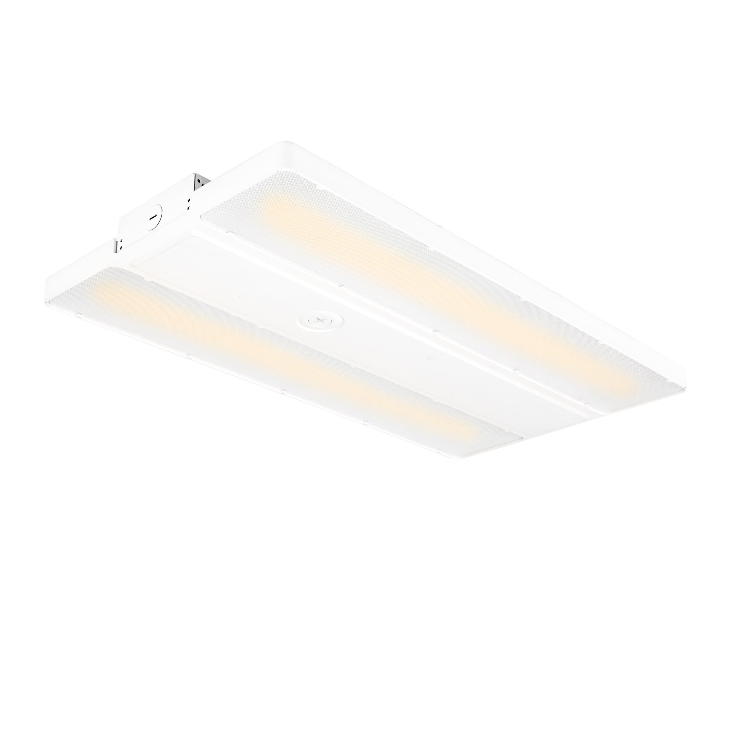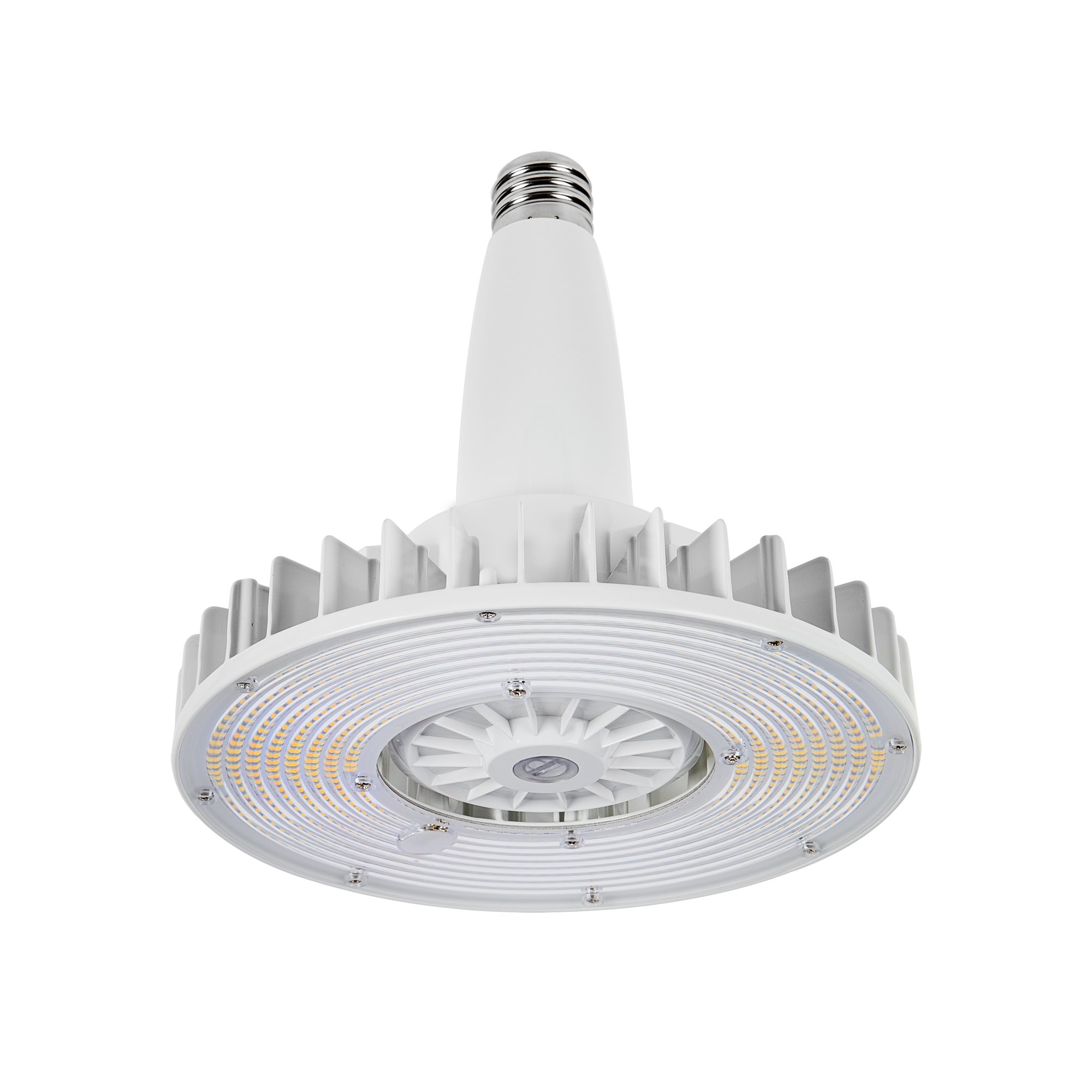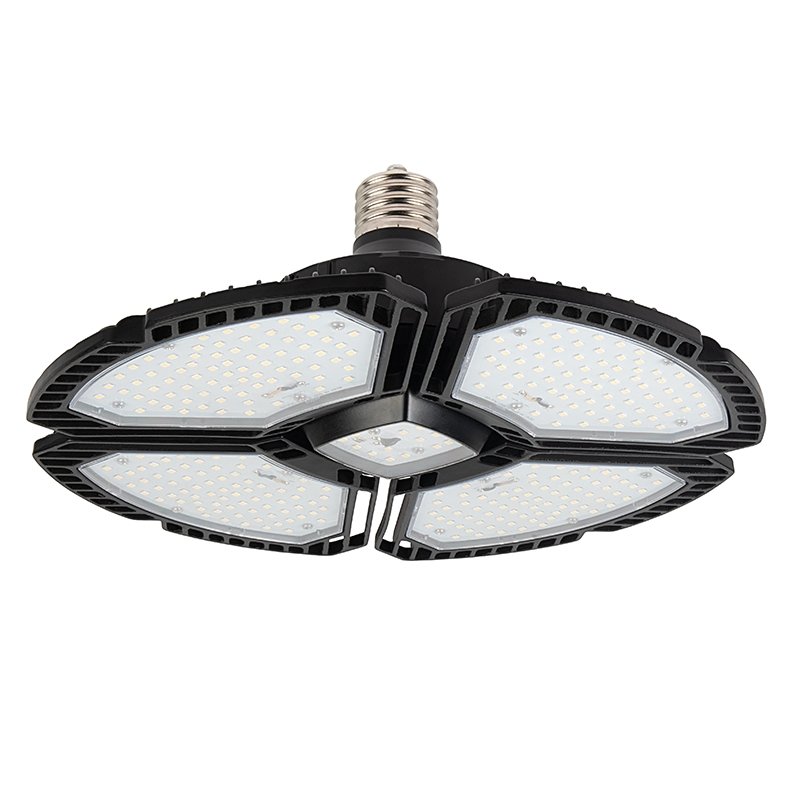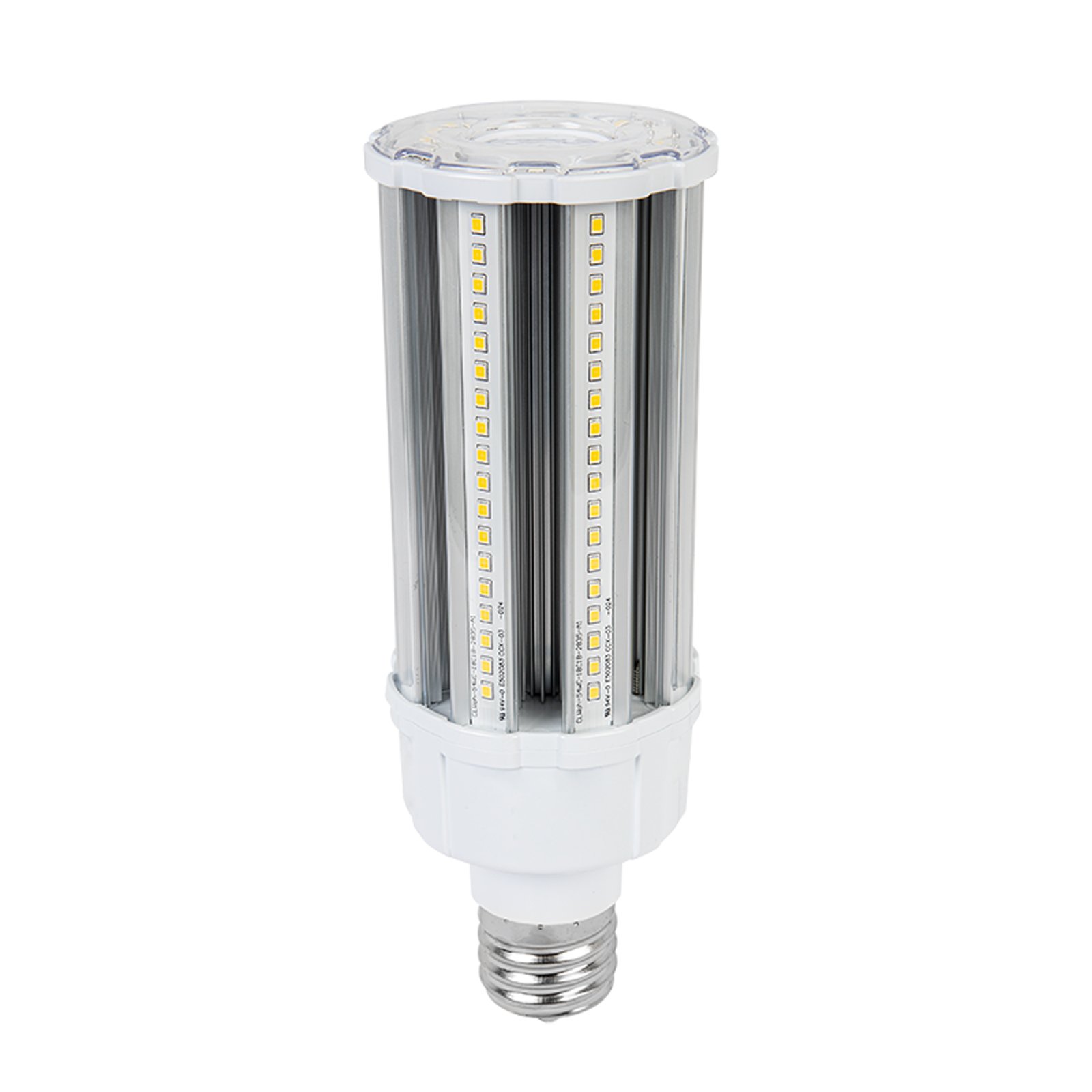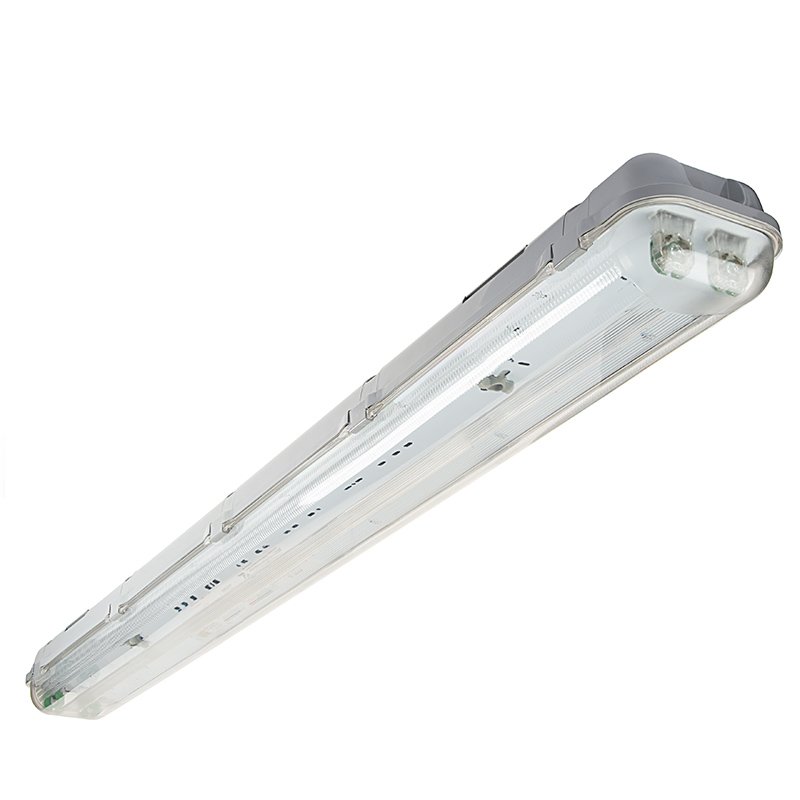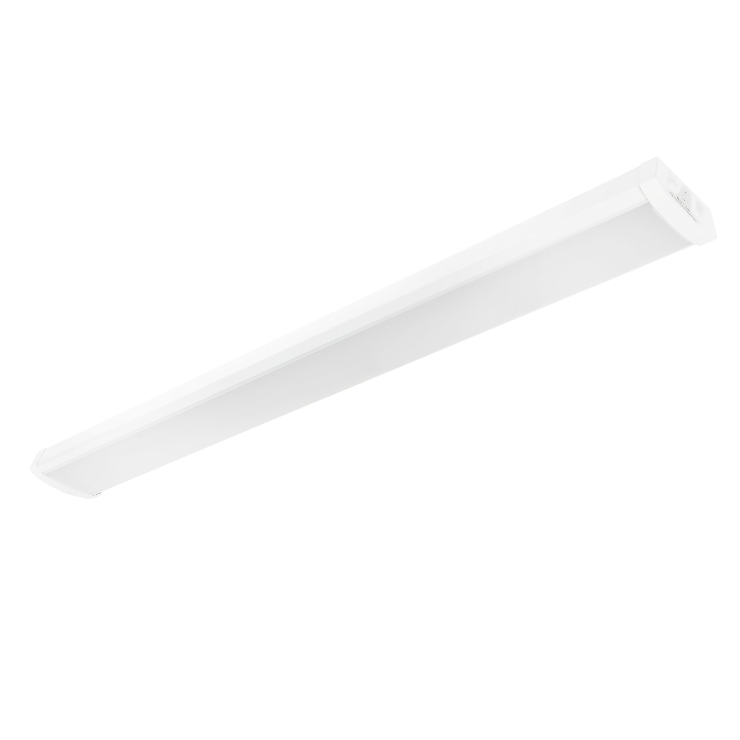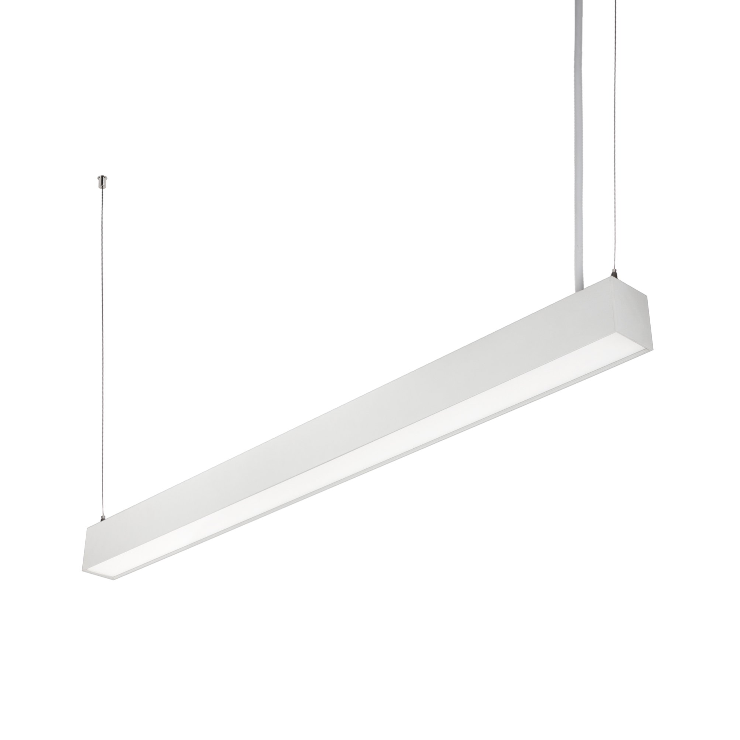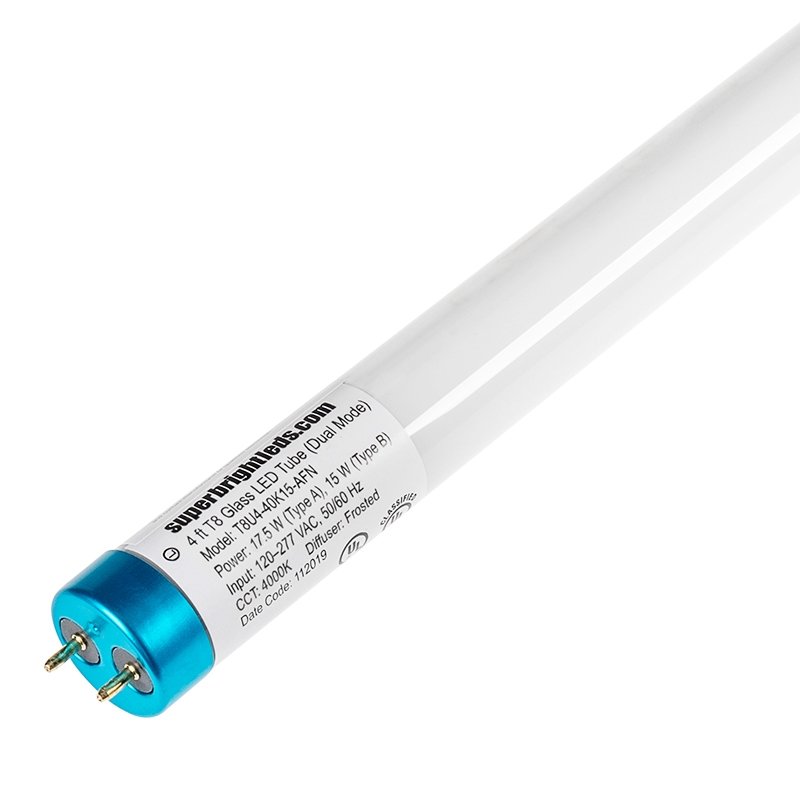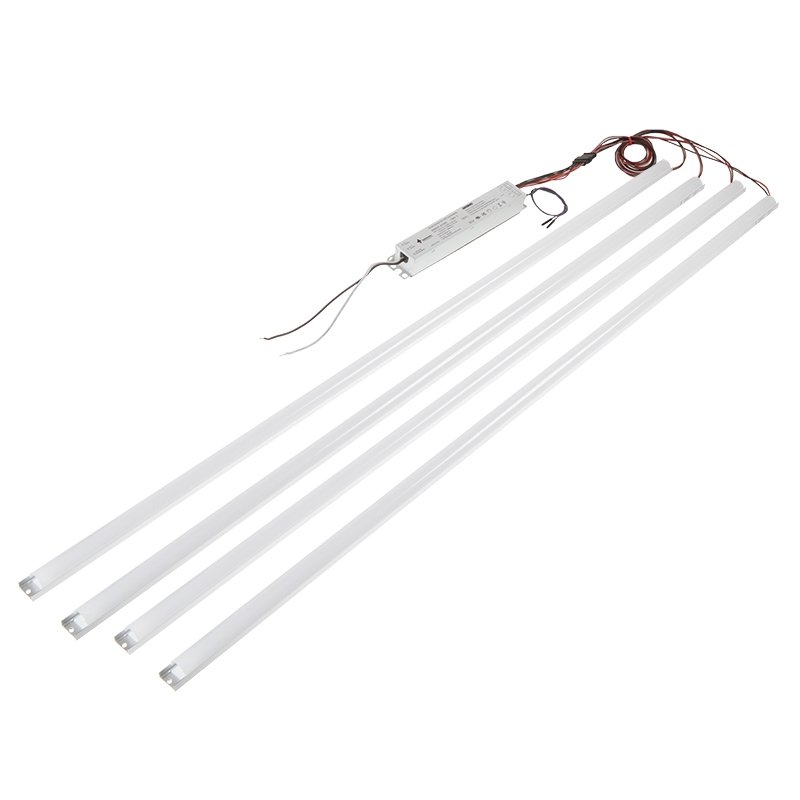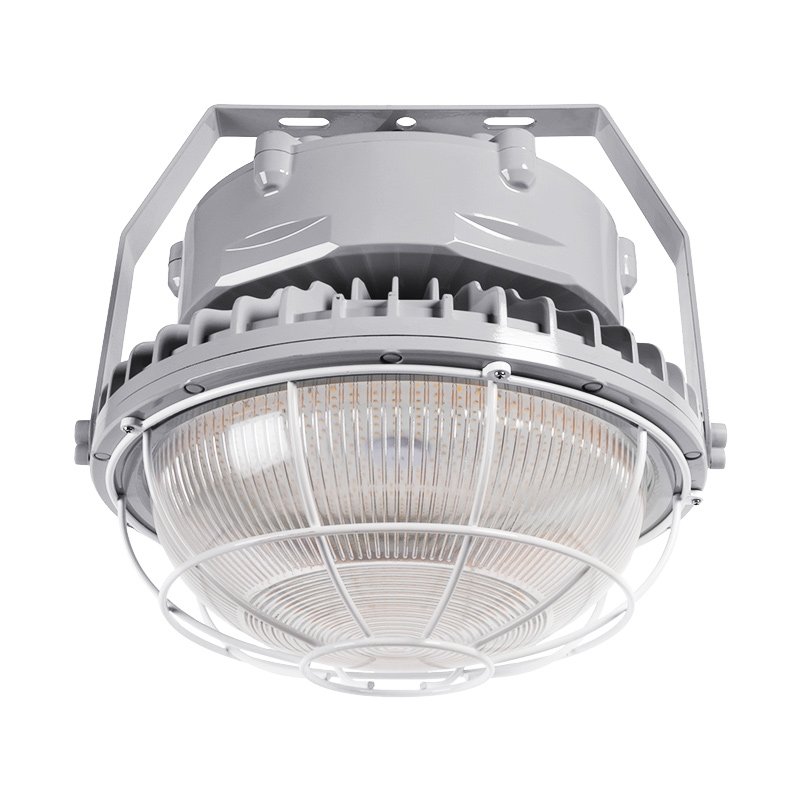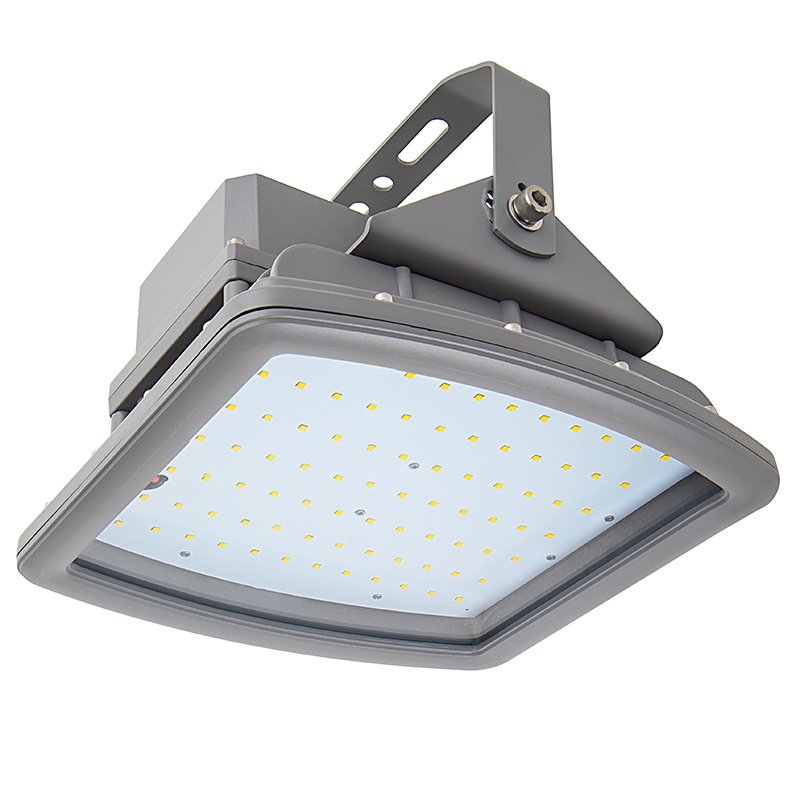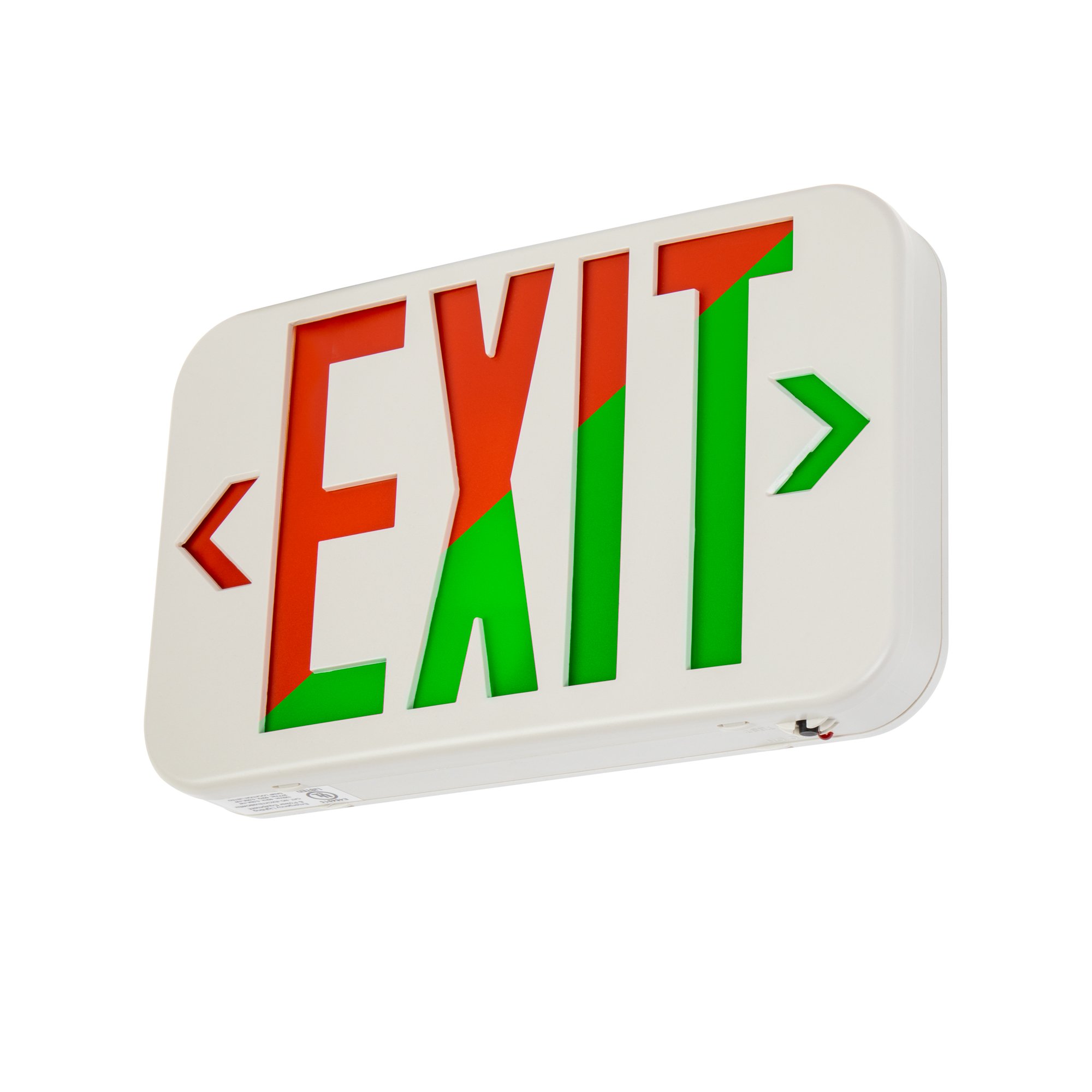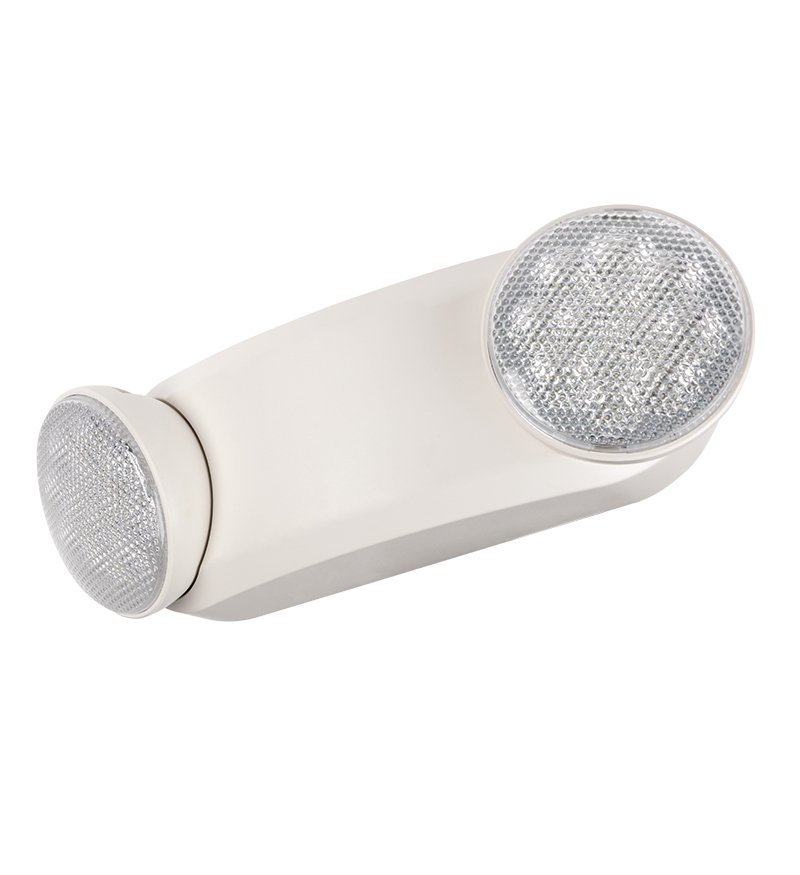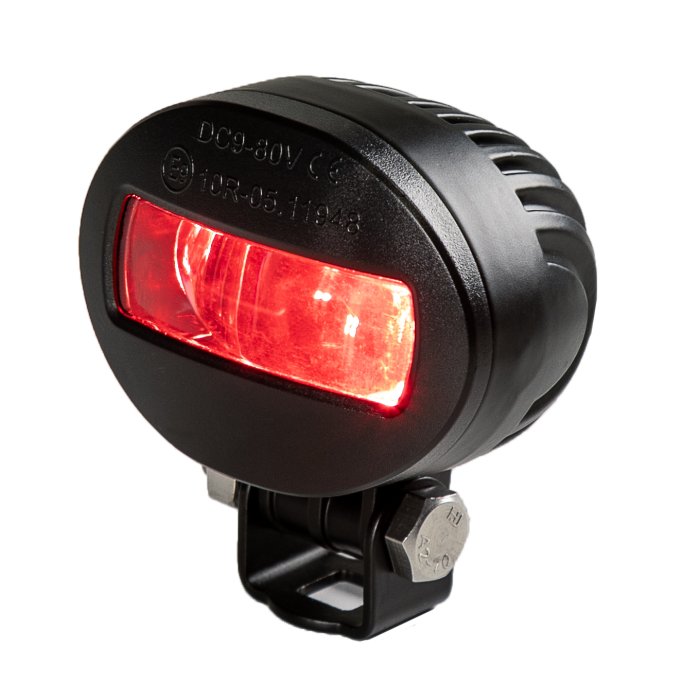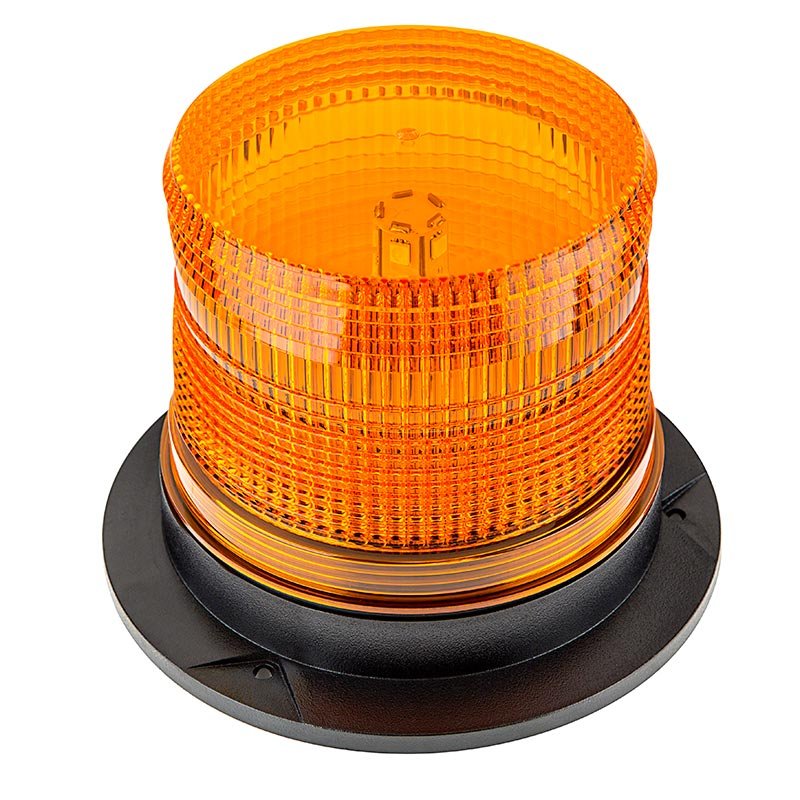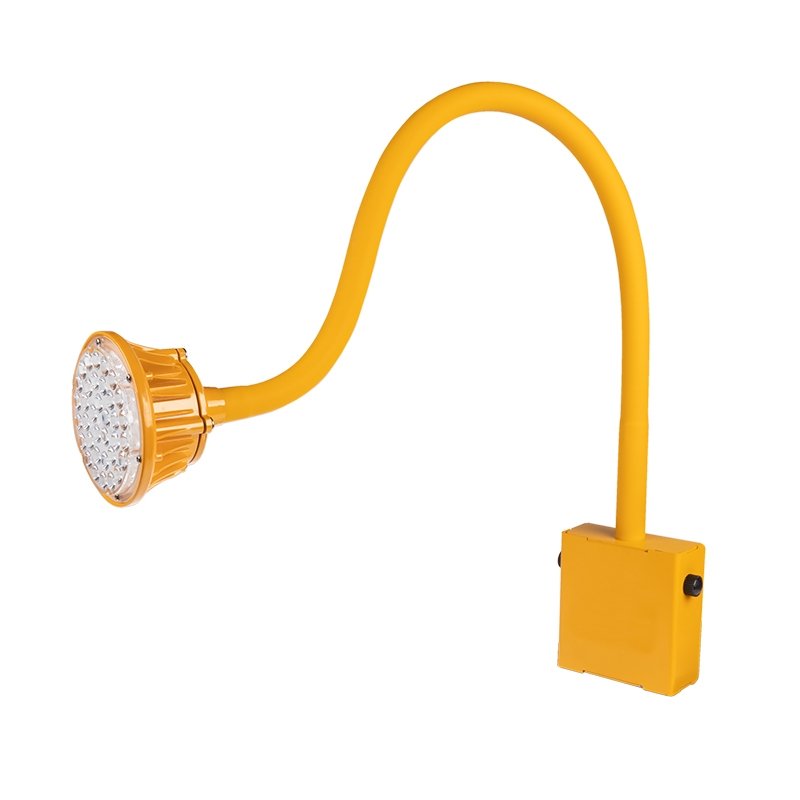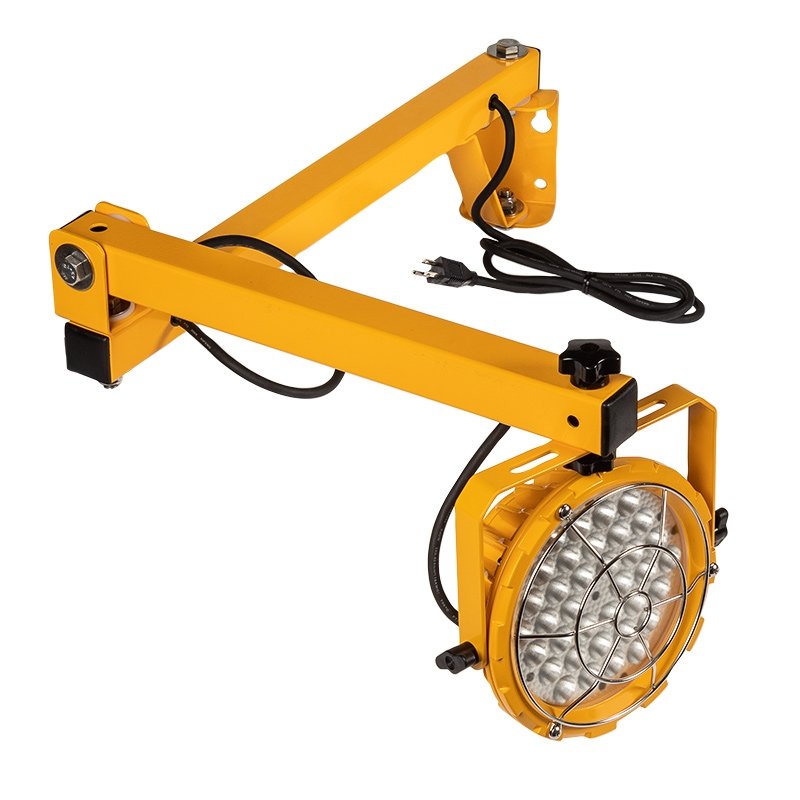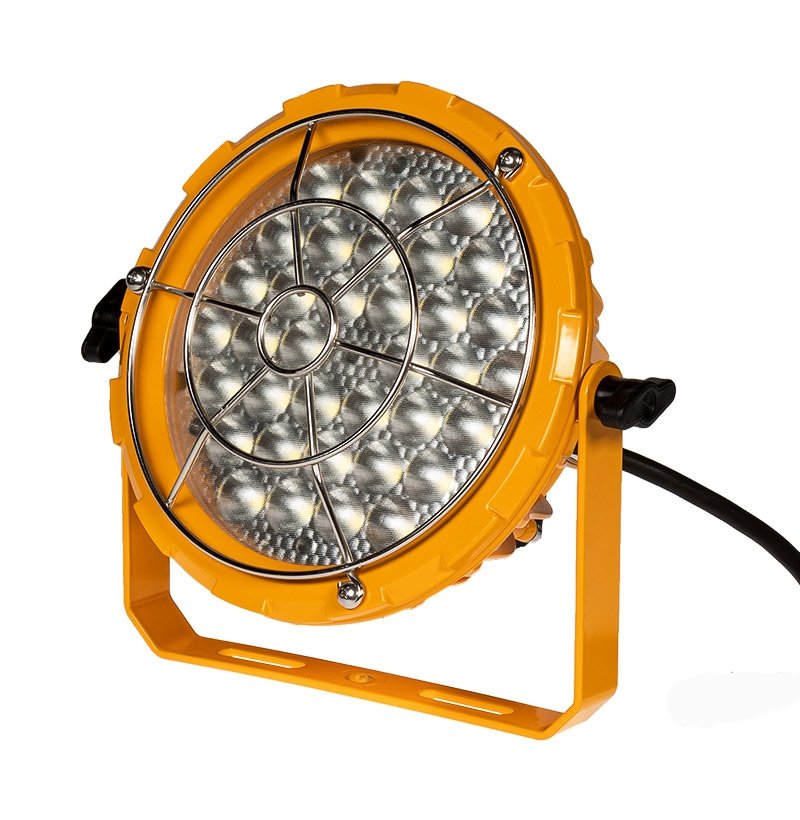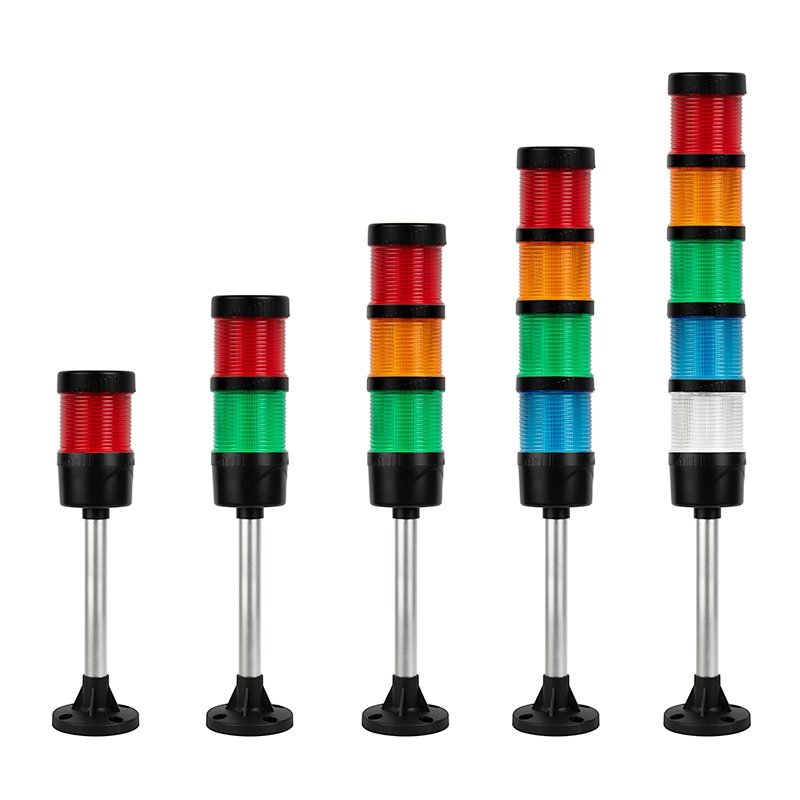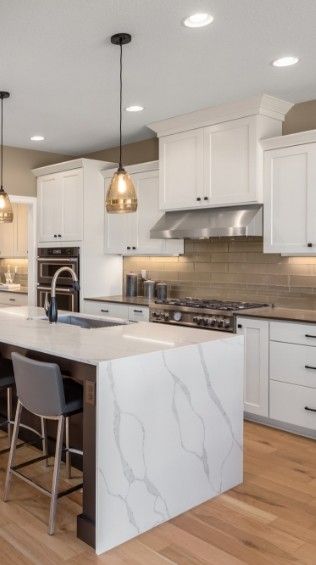Warehouse lighting fixtures are essential to workplace safety and productivity. They must provide sufficient illumination for workers to carry out all essential tasks and maintain ideal operating conditions. By ensuring the building meets all requirements set by various safety agencies, warehouse lighting fixtures can also create a safe and prepared work environment. Whether you are outfitting a new construction or upgrading your existing lighting, it is important to evaluate all essential considerations and understand which fixtures will work best for your specific warehouse application. Our warehouse lighting guide below outlines everything you should consider when buying new light fixtures for your industrial space.
Factors to Consider
Lumens Needed
One of the most commonly asked questions when evaluating warehouse lighting is “How many lights does my warehouse need?”. The answer is often complicated and requires a combination of calculations and considerations. The Illuminating Engineering Society (IES) provides a set of recommended lighting levels for indoor commercial and industrial spaces based on the specific space and activity being performed. These recommendations are listed in footcandles (fc), which is defined as one lumen per square foot and measures the amount of light hitting a surface. To find how many lumens your space requires, take the recommended footcandle amount and multiply it by your space’s square footage.


For example, if an active medium warehouse has a square footage of 15,000 square feet, and the recommended footcandles is 20 fc, multiply 15,000 x 20 = 30,000 total lumens. Once you know how many lumens the space should receive, you can begin to design your lighting layout based on ceiling height, beam angles, and fixture spacing.
Ceiling Height
As a light source is moved further away from the ground, its intensity will decrease. Therefore, look at the photometric diagram of your lights to see how the mounting height will impact the overall intensity of your light at ground level. For instance, in the diagram of this 300W UFO high bay below, you can see that from a height of 13.1 ft, the high bay will emit 184 fc and the beam width will be 19 ft wide. But, if you were to increase the mounting height to 19.7 ft, the average footcandles would decrease to 82 fc, and the beam width would increase to 28.6 ft. Take this into account when deciding the overall lumens of your warehouse light fixture.


Beam Angle
You can also look at the beam angle of your light to see how wide or narrow the beam angle will be. The average warehouse light fixture emits a beam angle of 80° to 120°, which is considered medium wide to wide. Fixtures with wider beam angles can be placed farther away from each other than fixtures with narrower beams.
Certain warehouse settings, such as facilities with aisles and shelving, may benefit from a narrower beam angle that provides slightly more focused lighting distribution. On the other hand, open spaces may require a wider beam angle to sufficiently light the whole area.
Fixture Spacing
Fixtures in a warehouse should be spaced and positioned to eliminate shadows and dark spots.
The exact placement of lights will depend on ceiling height, light intensity, space layout, and where certain activities are performed. Areas with tall ceilings might benefit from light fixtures positioned more closely together since the intensity of the light will gradually decrease as the fixture moves farther away from the ground level. Warehouses with storage units and rows of shelving should position the light fixtures to illuminate the aisles and spaces occupied by vehicles to increase visibility.
Let’s use the 15,000 ft2 warehouse above as an example again. Let’s say the ceiling is 20 feet tall, and we want to use the 300W UFO high bay with the photometric diagram shown above as well. The intensity of the 300W UFO high bay at 20 feet is approximately 882 lumens. The beam width will be approximately 28 feet wide at this point as well. To achieve the recommended 30,000 lumens, divide 30,000 total lumens / 882 lumens per fixture = 34 total fixtures. Evenly space these fixtures around the warehouse for the most optimal light distribution.
Control Options
Large warehouses and facilities with different groupings of lights can benefit from streamlined lighting controls. Networked Lighting Control (NLC) capabilities are available for a select number of warehouse lighting fixtures. These capabilities allow the warehouse manager to separate lights into groups or zones to create scenes based on preset lighting characteristics. Once grouped into zones and groups, the user can control the brightness and color temperature of multiple light fixtures with the push of a button.
There are several ways to make your lighting “network controlled”: buy fixtures with built-in ECO sensors, add PIR daylight harvesting Bluetooth motion sensors to sensor-ready fixtures, or add the Keliton zone controller to existing 0-10V light fixtures.


Sensor Options
Daylight harvesting, PIR motion sensors, and microwave motion sensors provide your facility with higher energy savings and lower operating costs. These accessories monitor the space for ambient lighting levels and occupancy movements to automatically dim or turn the lighting on and off. By only using lighting whenever absolutely necessary, your warehouse can save money spent on operating costs and become more energy-efficient.
Wattage Equivalence
When compared to metal halide and fluorescent light fixtures, LEDs use significantly less energy to emit the same amount of light. Because of this, you should use the lumen value and “equivalent wattage” of an LED fixture to determine which replacement light is best. The equivalent wattage refers to the wattage needed by an LED to emit the same amount of lumens as a metal halide or fluorescent light. We list the compatible wattage on all of our warehouse lighting solutions to help you find the best replacement option.
Warehouse Lighting Requirements
There are certain requirements set by workplace safety and environmental agencies that determine proper warehouse lighting.
Minimum Lighting Requirements
As mentioned above, the Illuminating Engineering Society (IES) provides a list of recommended lighting levels for various commercial and industrial spaces. This ensures sufficient lighting for the activities and tasks carried out in each space to prevent workplace injury or harm.
The Occupational Safety and Health Administration (OSHA) also sets a variety of lighting standards to ensure workplace safety. As a general rule, OSHA requires a minimum of 10 fc in warehouses, walkways, and exits and an average of 300-400 lux in warehouse loading bays and areas of ingress/egress. OSHA 1910.37(b) mandates that all exit lighting and marking must be clearly visible and adequately illuminated. OSHA also sets regulations for the lighting of warehouse vehicles such as forklifts, pallet trucks, and order-pickers. OSHA 1910.178(h)(2) states that all warehouse vehicles must utilize forward-facing headlights when the ambient lighting falls below 2 lm/ft2.
Emergency Lighting Requirements
The National Fire Protection Association (NFPA) Life Safety Code lists a variety of requirements for emergency lighting in commercial and industrial buildings. According to the code, all emergency warehouse lighting must stay on for at least 90 minutes in the event of a power outage. This includes emergency exit signs and emergency lighting fixtures. The NFPA also lists regulations for emergency lighting systems to ensure they provide sufficient backup power for lighting fixtures and allow for a safe evacuation from warehouse facilities. An in-depth look at these regulations can be found here.
Additionally, UL 924 requires all emergency exit signs to provide a minimum luminance of .06 ft. lamberts*, deliver a minimum of 90 minutes of emergency lighting on a full charge, be constructed of flame-retardant thermoplastic, and have lettering at least 6” tall with a thickness of at least .75” wide. Warehouse and facilities located in New York must follow a specific set of regulations set by the National Electrical Code (NEC), which mandates that all emergency exit signs must have the word “EXIT” in lettering that is 8” tall with a thickness of 1”, emit an internal brightness at least 250 ft. lamberts*, and be red. This ensures all warehouse occupants can identify the closest exit and safely exit the building in case of an emergency.
*A foot-lambert (fL) represents the brightness of a surface emitting or reflecting light, where one foot-lambert is equivalent to the brightness of a uniformly emitting or reflecting surface of one foot-candle (lm/ft2). One fL equals 0.3183 candela per square foot, or 3.426 candela per square meter.
Specialty Location Lighting Requirements
Sanitary Requirements
The National Sanitation Foundation (NSF) requires fixtures in certain Non-Food Zones, Splash Zones, and Food Zones to be “NSF-Certified.” This ensures that these fixtures can withstand high-pressure washdowns and prevent any breakage that could contaminate the facility to meet strict sanitation requirements. For more information on NSF requirements, click here.
Hazardous Location Requirements
All lighting in hazardous locations must meet specific standards set by the NEC. The NEC defines a hazardous location as a place where there is a risk of explosion or fire due to flammable materials. Locations are categorized into classes based on the material present:
- Class I, Division 1: Areas containing flammable gases, vapors from liquids, or vapors from combustible liquids that are present in quantities sufficient to cause an explosion that is present under normal conditions.
- Class I, Division 2: Areas containing flammable gases, vapors from liquids, or vapors from combustible liquids that are present in quantities sufficient to cause an explosion that is NOT present under normal conditions.
- Class II, Division 1: Areas containing combustible dust concentrations that are present under normal conditions.
- Class II, Division 2: Areas containing combustible dust concentrations that are NOT present under normal conditions.
- Class III, Division 1: Areas where mixtures of nonmetal ignitable fibers/flyings are present or are being handled/manufactured.
- Class III, Division 2: Areas where nonmetal ignitable fibers/flyings are being stored or handled but not manufactured.
To maintain workplace safety, warehouse lighting fixtures must be rated for each of these locations and the hazardous material present. More information can be found here.
Best Warehouse Lighting Solutions
UFO High Bays
UFO high bays are one of the most popular types of lighting for warehouses with high ceilings at least 20 ft or above. These fixtures provide powerful lighting for a wide range of locations, including distribution centers, factories, gymnasiums, manufacturing facilities, supermarkets, and packaging facilities. Based on your facility needs, choose between high-temperature, NSF-rated, sensor-ready, or standard high bay fixtures. For a more traditional-looking high bay fixture, choose a bundle with a reflector. A full buyer's guide for our LED high bays can be found here.
Linear High Bays
Linear high bay lights are another popular choice for high bay and low bay applications requiring powerful lighting. Their elongated design makes them ideal for shelving and aisle areas. Various fixture types are available, including standard fixtures, high-temperature fixtures, NSF-Certified fixtures, and sensor-ready fixtures. We also offer linear high bays in various lengths ranging from 1.5ft to 4ft to suit your specific warehouse needs.
High Bay Bulb Replacements
If you want to upgrade your metal halide high bay lighting but want to cut overall costs, then our high bay LED retrofit bulbs and LED corn bulbs are a great choice. These retrofits are compatible with existing metal halide high bay fixtures with EX39 and E39 sockets. Depending on whether you want a traditional-looking bulb replacement or not, there are several options of UFO LED high bay replacements to choose from. Most of our screw base high bay replacements are ballast bypass.
Strip Light Fixtures
Strip light fixtures are versatile lighting solutions for a wide range of applications. These lights provide focused lighting for warehouses, workshops, garages, industrial facilities, and stairwells. Standard strip fixtures, wraparound fixtures, and stairwell lights offer a classic strip lighting look and will provide your warehouse with powerful illumination. For more robust applications, choose from our NSF-certified or vapor-tight options. Or, for a modern appearance, choose an up/down pendant fixture. We also offer LED retrofit kits to easily update inefficient and outdated lighting solutions.
Fluorescent Tube Light Replacements
LED fluorescent tube light replacements are some of our most popular retrofit solutions for warehouse and industrial facilities. There are four main tube types based on the ballast compatibility you want: Type A (Ballast Compatible), Type B (Ballast Bypass), Type A/B Hybrid, and Universal 3-in-1 tubes.
Fluorescent replacement tubes come in various lengths and types. T8 tubes are the most standard option, but T5, T12, T9 circline, and T8 U-Bend tubes are also used. The wiring of your fixture sockets will also affect your choice of tube: determine whether you need a single-ended or dual-ended tube and whether the fixture sockets are shunted or non-shunted. All LED tube replacements provide higher energy savings and lower maintenance costs than their fluorescent counterparts.
Magnetic Strip Retrofit Lighting Kits
Another option for retrofitting existing linear high bays or linear strip fixtures is magnetic retrofit lighting kits. Unlike fluorescent replacement tubes that must take the socket wiring and pin type into account, magnetic strip kits simply snap into the existing steel frame and connect to the existing wiring. All existing tubes, sockets, ballasts, and tombstones are removed. These strips are an energy-efficient lighting solution for low-bay applications in warehouses, workshops, and industrial garages. During installation, you must bypass existing ballasts.
Hazardous Location Lighting
Certain hazardous locations and zones require explosion-proof or “hazloc” fixtures to maintain a safe workplace environment. There are various light options available, including high bay lights, low bay lights, flood lights, and emergency lighting fixtures. Choose the right fixture based on your hazardous location rating (see above “Hazardous Location Requirements” section) and T-Class rating. The T-Class, or Temperature Classification, indicates the highest temperature that any part of the lighting equipment can reach when in contact with hazardous materials. The classifications are as follows:
- T1 Class: 842°F
- T2 Class: 572°F
- T3 Class: 392°F
- T4 Class: 275°F
- T5 Class: 212°F
- T6 Class: 185°F
Exit Signs and Emergency Lights
Exit signs and emergency lights are essential parts of any warehouse, as they provide necessary emergency lighting to warehouse workers in the event of a power outage or emergency. There are a few fixture options to choose from, including stand-alone exit signs, stand-alone emergency lights, and combo fixtures. We also offer explosion-proof emergency lighting for hazardous locations.
Forklift Safety Lights
Improve pedestrian safety around warehouse vehicles by utilizing a range of forklift safety lights. These lights are best used in loud environments or areas with blind spots where auditory warnings cannot sufficiently alter pedestrians to the presence of pallet trucks, order-pickers, or forklifts. Pedestrian safety lights emit a variety of beam patterns that either indicate where it is safe to walk around warehouse vehicles or show which way the vehicle is moving. Bright strobe lights also help to provide a warning for approaching vehicles.
Loading Dock Lights
Bright dock lights are essential to properly light loading docks during the loading and unloading process. Extendable dock light arms and flexible loading lights ensure that you can adjust your lighting to fit the exact trail, truck, or shipping container size for safer and more efficient operations. We also offer general loading dock lighting solutions.
Stackable Tower and Indicator Lights
Certain warehouse applications require tower and indicator lights to improve safety around machinery and assemblies. With 360° illumination, these lights ensure that everyone is aware of the operations status of warehouse machinery to make busy and noisy environments safer. Choose stackable interchangeable configure options to customize your workplace indicators and address the specific needs of your warehouse.
Create an Industrial and Commercial Lighting Layout Plan
If you need a lighting design plan for your industrial or commercial space, our product support specialists are here to help! They can provide a free lighting layout consultation to help you find the best fixtures and layout for your space. Give us a call today at 1-888-249-8166.


